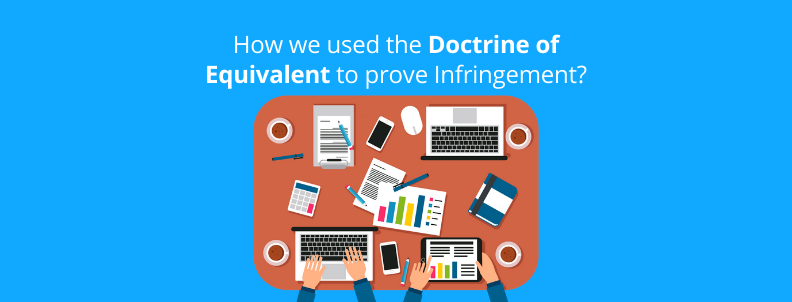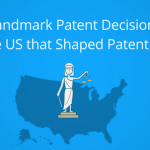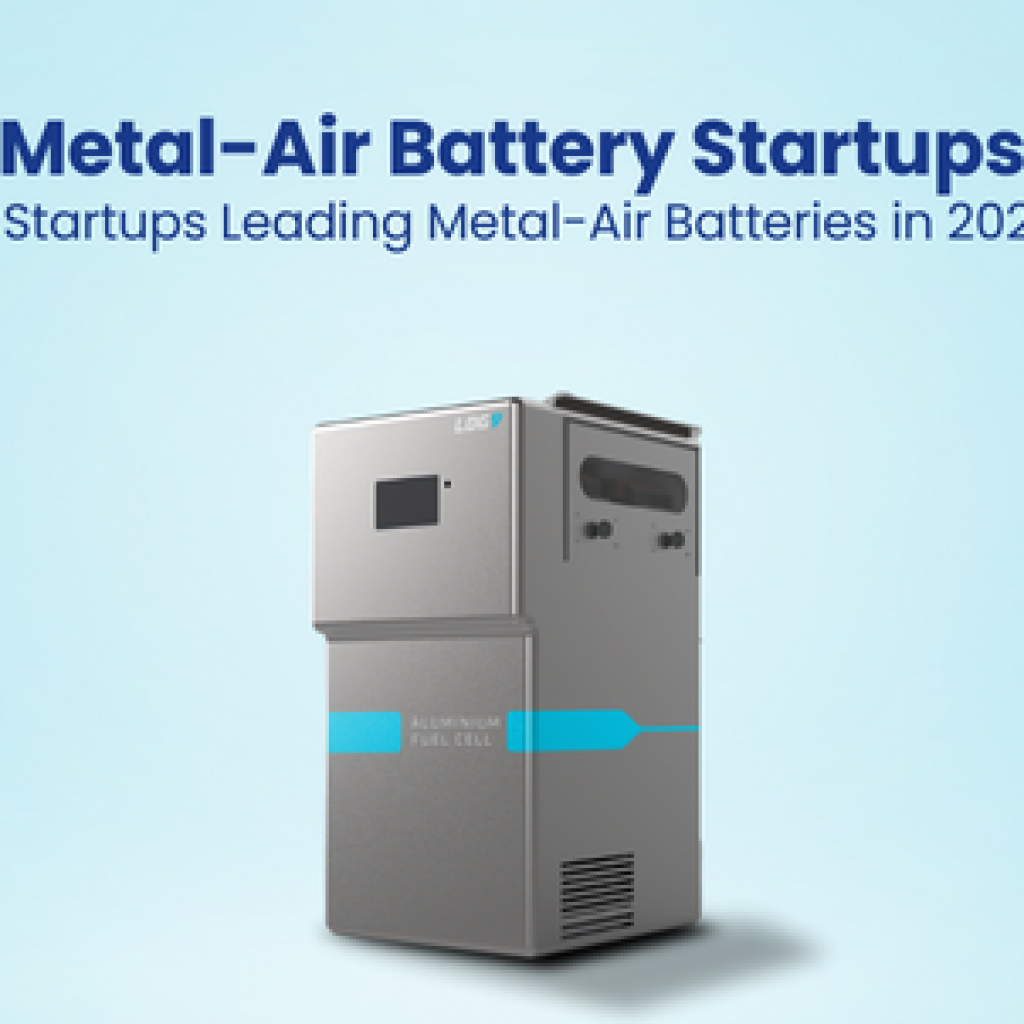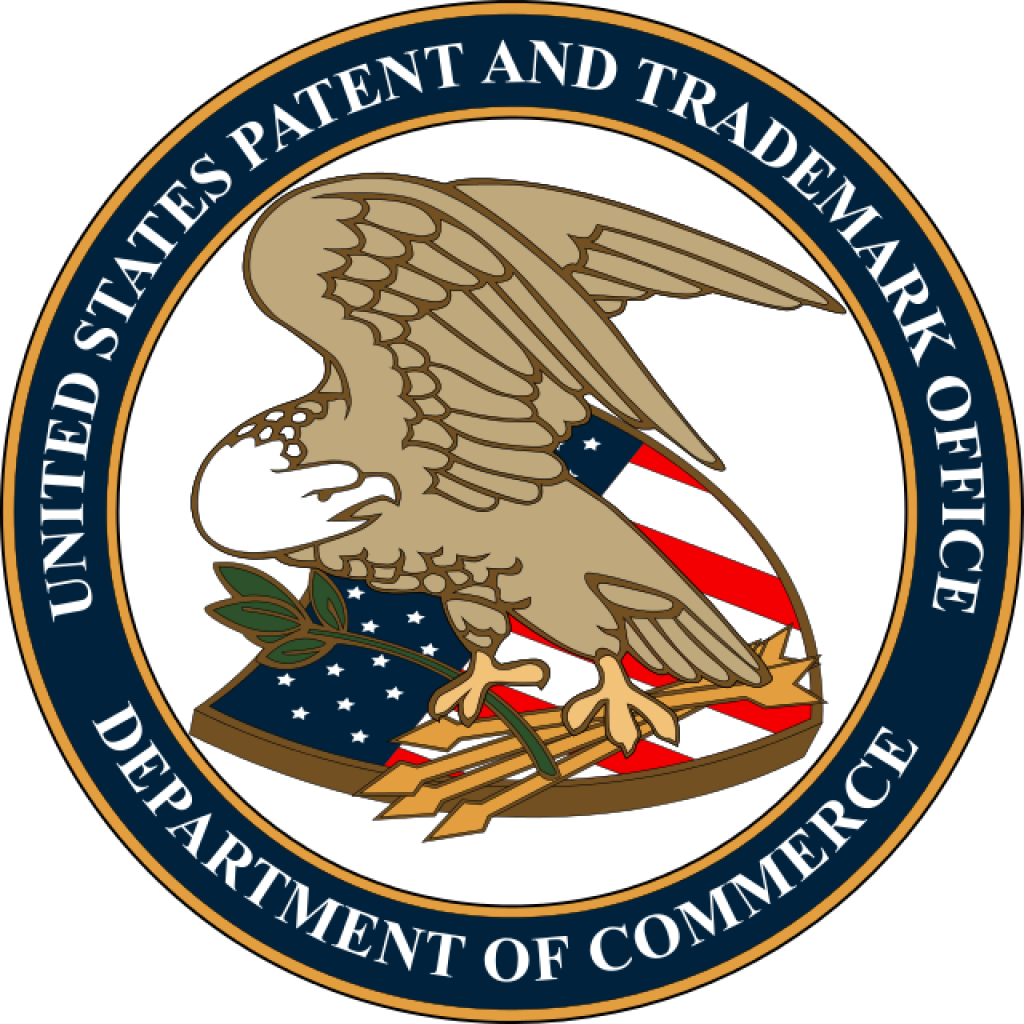Have you ever faced the challenge where you know your subject invention is being infringed by a company but you have no proof of it?
What do you do in cases where the products that could be infringing are not disclosing their invention? When there’s no proof found in the literature or in any of the databases?
Somehow you know, that your patent is being infringed. The only question is how do you prove it?
Having worked on plenty of such cases for years now, I know how it feels. And so, today I come bearing answers. Well, more like insights from a similar case we recently solved.
The Tale of two Patents
Damien, a patent counsel, and legal head of a technology company recently got in touch with us. He wanted to showcase the value of his company’s inventions to potential investors, and he knew any potential infringement could increase the monetary value of the company’s inventions.
A great strategy by all means, and the start of an infringement search project for us.
An infringement search traditionally works like this – Study the claims of the patent, perform exhaustive research starting with large players and provide evidence that a company (generally a big one) is already manufacturing products using the subject invention aka Proof of Infringement. And done.
But is it as simple as that? Well, not this one at least.
We had 2 inventions in this case:
US’541-Technology focused on magnetic gear.
US’972- Technology focused on turbine architecture.
Each with different technicalities. And each required different strategies to find infringement.
Somehow, in this case, the client was focused on one particular target company Flowserve* Ltd (name changed). This company was a global leader in the marine industry and thus a good catch to increase the value of the subject patent. Having enough knowledge of the patents in hand, our client was firm that we’d find proof of infringement in their products.
With that started our journey of a nail-biting experience. Starting with the first patent in hand.
How we found possible infringement of US’541?
Let’s talk about US’541 first. This patent discussed an electrical machine with 3 main elements:
- Moveable rotor
- Stator with windings
- Magnetic flux modulator between rotor and stator
We had to find product/s that had these three elements. Now, I knew that our client’s target was Flowserve* so it was my primary focus. I looked for every product that was manufactured by Flowserve. After an entire day of rigorous search and reading all the product literature and every manual available on them, I finally realized that they were not using this technology directly. And even if they were, they had certainly not disclosed it. Somehow somewhere I was feeling there are some product documents that are not appearing in my search.
It was now time to look beyond the target company’s products, manuals, and easily accessible literature and dive into the vastness of its patents. Plan was to get idea on what kind of things they were researching internally. Flowserve had a portfolio of 1000+ patents.
By now, I could feel the adrenaline rush in me.
I had already research Flowserve’s products that we believed to be infringing on the patent. We realized patents of the same technology owned by Flowserve could be a good start.
Sometimes, our intellect and experience play a major role in the search process. And this was one of those times.
I found some technical terms used in Flowserve’s patent applications, which were related to the one in our client’s patent. Now, these patent applications weren’t granted yet. I used the same terms they mentioned in the patent which led me to few products from Flowserve. By now, I was getting a strong perception that Flowserve was using the same technology as our client, however, there were still few gaps to infringement.
I started reviewing these products in detail to understand their internal structure. Then I found a video giving away the internal working of the target product.
Voila! I found the exact structure of the product that was needed to prove infringement.
With the help of patent applications and products, we were able to find the infringing products in our client’s target company.
However, this was just the first patent. We still had to prove infringement of the second one and we had no idea what was in store for us. It was going to be one of a kind.
How we found possible infringement of US’972?
The next patent, US’972 was related to the technology focused on turbine architecture, with the same target company in hand.
Now in this invention, we had to find evidence for a novelty element – Hypersonic RAM technology.
Somehow, deep down I had a hunch that the target company, Flowserve is using the invention but has hidden it away from the public’s eyes. With one patent down and the complete research already been done on the company, I now had a good understanding of their technology.
Sometimes you know it in your bones but just can’t find a way to prove it, yet. I had a feeling that Flowserve’s hybrid engine (one of its products) might overlap with our subject invention.
But a case cannot be won over assumptions, so I started with the product in hand.
I had almost hit the dead end when I could not find a complete overlap of the product on our subject patent. So I thought to use the same approach used in previous patent: look for patents related to the product.
When I picked up the same approach, my colleagues asked my thought process behind it. TBH, it’s pretty simple:
“When the product’s information is not directly available in the literature, use the patents to understand the thought process of the company and the terminology people use internally.”
In this case as well I found many company specific technical terms in the patents. Interestingly, the majority of the claim elements were covered in the patent itself. However, one of them, i.e., the one regarding the hypersonic RAM technology, was not used exactly in the product. But there was another part, a valve, present in the product that did seem to perform similar functions.
A valve is a device used for controlling the passage of fluid or air through a pipe, duct, etc.
A valve is a common part that is present in all the products and was present in Flowserve’s product too.
So, we figured out, although there wasn’t a direct overlap, we knew that the function, the way, and the result of the product were quite similar to the subject patent invention.
The only thing left to figure out was how can we come through with this?
My eureka moment came right after one of the seemingly endless group discussions.
“DOE!”, I shouted excitedly.
How could DoE help?
DoE or Doctrine of Equivalent requires that substantially the function, the way, and the result of the target product should be similar to the client’s invention, which in our case was true.
DoE seemed like a knight in shining armor for us, well for me, in particular. 😀
After deep research performed on the valve used in the target product, we found that it had the same functions as the hypersonic RAM technology. Not only that, but it was also working completely in the same way and giving the same result. Exactly what I needed to invoke DoE. We also tried to find some cases where value and RAM technology was considered equivalent. With DOE, we were able to prove the overlap of the claim element – for hypersonic RAM technology.
Next, it was time to create a mapping.
Using all the data, I prepared the mapping report. The report was a compilation of the fact that the product broadly overlaps the patent under the Doctrine of equivalent.
It does not end by just finding the right results. A few months later, we contacted Damien and came to know that he was able to license the patent to Flowserve.
Now, this is what we’d call a win.
Conclusion
While searching and using patents and products on the technology discussed in the patent is one of the many ways to prove an infringement, when everything failed, DoE became our one-stop solution. We proved all the 3 essential criteria, i.e. a similar function, a similar working and providing similar results, for our subject patent. And just like that, DoE successfully helped us prove patent infringement.
It is always better to have something in hand than nothing at all, right? And, when you know exactly how to use it in your favor, then why not?
Sometimes we might not have direct proof, sometimes we might lose hope. But we know it ain’t the end. It’s in our DNA to find the way out. A way to strive forward. That’s how we come through with it each time, every time.
Now, let me ask you this – Do you have a patent in your portfolio but don’t know how to increase its monetary value? Or have a clue of possible infringement but can’t find a direct overlap to prove it?
If you just nodded a yes then I want you to know, we are here for you. Let us get in touch-

Authored by: Jashanjit Kaur, Infringement and Gayatri Sharma, Market Research.










